best juniper for bonsai
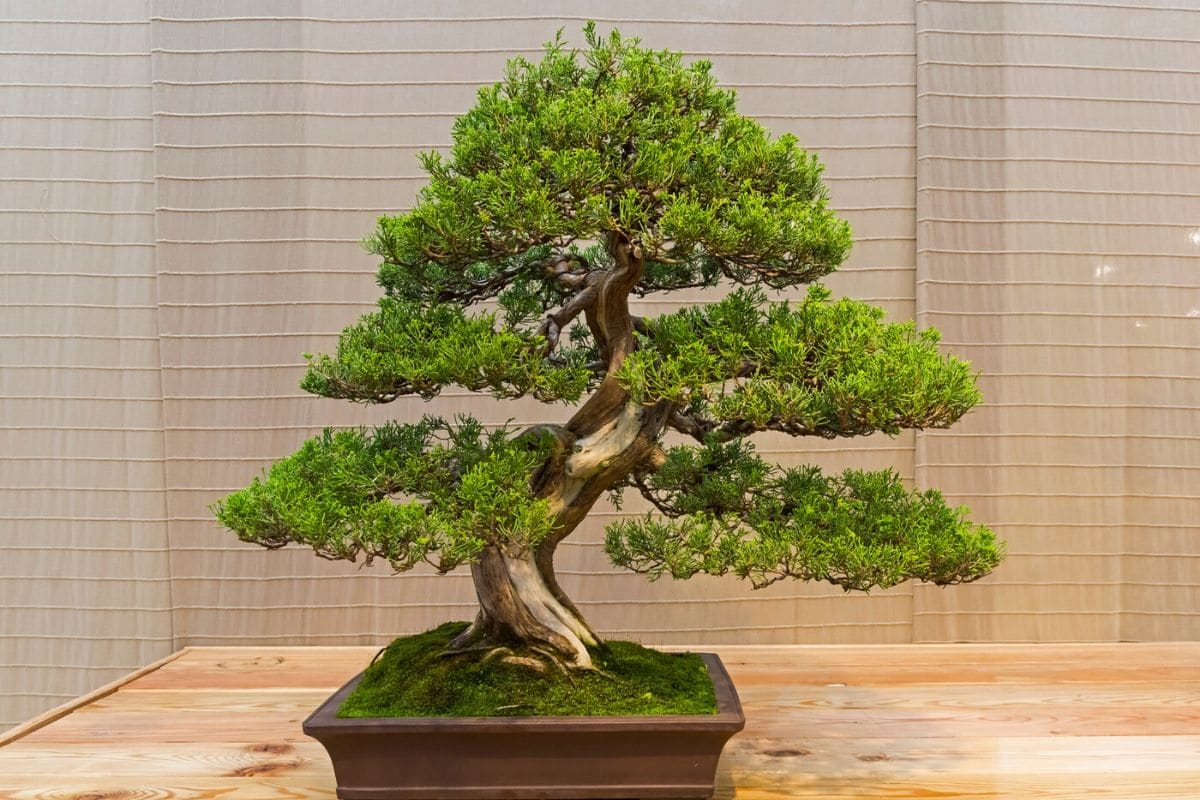 Juniper Bonsai Tree: Types, How To Grow and Care | Florgeous
Juniper Bonsai Tree: Types, How To Grow and Care | FlorgeousEverything you need to know about the Bonsai trees of Juniper If you ever have bonsai trees, you may have noticed a specific feeling of tranquility that surrounds you. In fact, you can feel the stress of life simply looking out, as if you are taking the time to meditate and remove those ties. But did you know that the art of the bonsai was designed based on this idea? A bonsai tree is a form of art, born from the beliefs of Zen culture. The fundamental idea is that, because of their existence, these trees create an environment of peace and serenity that reduces stress and anxiety naturally. The term 'bonsai' itself, however, explains something about these trees that a number of people do not know. Table of Contents Define the Bonsai Tree The term 'bonsai' literally translates from Japanese to English as ''. So, while many people assume that bonsai is a kind of tree, that's not true at all. In fact, any kind of tree in the world can become a bonsai tree by reproducing it in a bowl and keeping it 'small'. Technically, a bonsai tree is not a miniature, since it is cultivated from the same seeds as a regular tree of the species. They simply keep to a smaller size and are cultivated in a way that their appearance imitates their larger counterparts in nature. This is true of the bonsai tree of junior, as well as several other preferred species for practice. Origin It is not true to what extent the horticultural practice of the Bonsai dates, although the Chinese have been practicing cultivation and art for centuries. The practice was known as penjing in ancient China, and this is the predecessor of what the Japanese later adapted and has now become a global hobby. The evidence shown in the museums shows how much Japanese fascination goes with this practice. So long ago, as the sixth century, the Japanese visited China. The imperial ambassadors, as well as the students of Buddhism, would travel to the continent to learn and spread knowledge, but they also enjoyed many of the arts and products of the Chinese people. They often took large quantities of things – including bonsai trees – back with them to Japan as souvenirs or gifts of their travel to foreign lands. There are a lot of works of art dating from this early age, representing these trips, the themes of interest (including bonsai trees), and the general Japanese enjoyment of Chinese culture. And it was during this time the framework that the practice of entering Zen Buddhism. BasicsAgain, a bonsai is not a specific type of tree, and you may have a bonsai tree from junior or one of many other species. They are not genetically modified in any way. The only means by which they remain smaller is through the farmer's efforts rather than scientifically creating a dwarf race. A bonsai garden can be created from any type or several of trees you want if you are willing to take the detail and care of the process. Due to their proclivities and the way they grow, the various species of horsemen trees are widely sought for the practice of cultivating bonsais. While you can cultivate any type of tree in a bonsai tree, the best types are easily manipulated and slow growers. With rapidly growing trees, it is more difficult to keep them properly cut and fold them and wires to keep them growing in a particular direction and design. Part of the reason why ebro trees are preferable for many bonsai enthusiasts is that some species are native to the Japanese mountains, and it was the Japanese culture that spreads practice around the world. In addition, the design that can be made with junipers is aesthetically appealing to a large audience. CreationBecause the definition of a bonsai tree is that it should be in a container, this is the first step in the process of creating your tree or tree garden. However, you should note that, in nature, when trees are on the ground, they take nutrients and water from the earth. When they get cold, they don't have access to all of this and they depend completely on their care for their survival. Therefore, if you are considering cultivating one or more bonsai trees from junior, be aware of the commitment you are making. Apart from manipulation and pruning, you will have to make sure your tree has adequate food, light and water to not only survive but thrive in its limited environment. With juniper trees, you don't have to worry about them growing rapidly. However, the junipers are known to produce dead wood, so you will need to be careful of this by designing your bonsai tree from junior. Any area of the wooded tree breaks easily, which will lead to bad quality and even . If the dead wood areas are old and fairly large, it might be beneficial to divide them, but we will discuss that more when we talk about how to rot your bonsai tree from June. Identifying Juniper Bonsai Trees When it comes to bonsai trees, ynipers are the most popular among species, partly because it is among the easiest to grow as a bonsai tree and does not require as much attention as many other types. In fact, if you tend to forget and neglect the plants, a bonsai tree from junior is a great choice because it doesn't need much attention. Therefore, if you don't have much time in your hands but you want to have a bonsai, or you're a beginner in practice, a bonsai tree from junior is the best way to go. The juniper tree is not a single species. Rather, it is a genus, part of the ciprés family, with between 50 and 70 species that are divided into two categories. One group has needle-type foliage, while the other grows scale foliage. The most popular and common junipers you will find for sale as bonsai trees are: Three Asian species: Two Central European species: Three American species: The best of these commonly sold species is that all have similar structures and, therefore, similar instructions and guidelines for care and cultivation. Unique aspects of Juniper Bonsai Trees If you study juniper trees in nature, you will find that the foliage on almost all of them in their youth begins as needles, with the scale-like foliage that appears later in life in some of those species. This is something of an unusual feature as most trees do not see a change in the type of foliage during growth. Either, you will find that the various trees go in color, with that foliage that runs the range of light greens in a very dark blue-green shade. The fruit of these trees are berries-like cones, and are usually round or oval. They can measure from only three millimeters to about two centimeters, and do not mature quickly, taking up to two years to do so. Birds are very pleased with them and often eat them. As for seeds, they are quite small, and are often round with perhaps some sharp angles or edges. They spread in nature mainly by birds that eat the fruit and then excrete the seeds. Of course, it is necessary to cultivate with purpose the Yansai bonsai trees instead of using the natural order. Sizes for Bonsai TreesBecause the bonsai trees are meant to replicate the appearance of natural trees in a miniature size, appearance and shape of the bonsai trees of junior you create should reflect what you see in nature. The aesthetic design should be similar to those found in the world's mountains where they are most commonly found. Due to its locations and variety of species, there are many options to stylize your bonsai yniper tree, but the important thing is to adhere to the standard that is kept in miniature, in one pot or another container. When you think of bonsai trees, you are likely to consider the smaller categories, such as those shown in . However, because some trees grow faster than others, making them harder to rot in those extremely limited sizes, the art of bonsai expands to large scales. Although some of the trees most suitable for larger bonsai classifications can still be cultivated in very small models, these tend to be more abstract and do not reflect the way those trees appear in a natural environment. Juniper bonsai trees, luckily, are quite simple to keep in any of the classifications: Note that the classification system has been a source of debate more than once in the past, which has led to questions about where the lines should be drawn. Therefore, you will see that, especially in the smaller categories, there are quite around overlap. The original classification system was based on the weight, determined by the number of men needed to move the particular tree and its container. But as times have changed, so also the way this is measured and used. Juniper Bonsai Containers The container used for a bonsai tree is as important as real design because it is part of art. In addition, the type of container can affect the amount of growth you get from a bonsai tree from junior. The typical mud container used in the bonsai art, which is quite shallow and often decorated in tones of the earth to avoid diverting too much attention from the plant itself, is a great choice for the bonsai tree of Juner. It also helps to control the depth of the root system, which helps to keep growth under control. If you prefer a larger bonsai tree, you may want to consider the larger jade pots that are sometimes used, which are deeper and allow for increased root growth that supports a somewhat higher tree. This is also an option if you want to design a more abstract structure, with trained branches to go down and around the lip of the container. Distinguishing your bonsai trees Juniper As mentioned, there are dozens of species of juniper trees, and they are classified into two groups based on the type of foliage they have while they mature. Determining what kind of juniper has begun to distinguish between these two groups. When you are looking at juniper bonsais with foliage similar to the scale, there are five commonly cultivated species for purchase: If you have a juniper bonsai tree with needle-like foliage, it is very likely that it is one of the three species that most often are found in bonsai gardens: With so many options, it may seem a lot to take into account, but when you consider that all these species are treated mainly less TemperatureThe junipers grow in that they are quite dry and cold, making them robust and not particularly finite. So, you don't have to worry so much about fresh temperatures, although if you keep your bonsai trees outside, you'll want to bring them for the winter. Its roots are not allowed to grow deeply on the ground, where they will not freeze, and need additional protection. Most of the june bonsais will be perfectly fine until the temperature drops to about 20 degrees Fahrenheit, at that time they need protection against the cold. Note that you can see a change in the foliage with coloring change to a purplish brown tone when it starts to cool enough. This is part of an internal mechanism used by the junipers to protect themselves from frost in nature. In addition, in the summer heat, you want to make sure that it provides additional moisture, as well as a wide tone during the warmest part of the day. His bonsai tree of juniper could dry or the foliage could burn and shake if it gets overheated, and this can be very difficult to overcome, even on such a plentiful plant. Light and PositionIn addition to a couple of species, bonsai trees cannot live inside and thrive. They need to be outdoors, almost all year, to get better results. Most of the Juner bonsais need to be in bright sunlight all day, mainly direct light. Once again, some species, such as the Green Mound Juniper, are more tolerant than ideal, making them easier to manage and care all year round. While having trees in containers instead of planting on the ground means that they are totally dependent on you and require more attention, it also means that they are easier to move so that they get sunlight and shadow at the right time. Therefore, you can easily relocate your bonsai tree from junior every day as necessary in the heat and take it to a safer and protected location in the winter. Water and humidity Most of the junipers tend to grow in quite dry environments. Therefore, they do not tolerate excessive water well. When it comes to moisture, you should ensure that the soil on which your yniper bonsai tree is planted is completely dry before watering it. This usually takes a couple of days or more, depending on your weather. The addition of too much moisture to the ground can lead to root rottenness or the growth of mold and mold, all of which are harmful to the health of your bonsai. On the other hand, the humidity of the air is beneficial for its June bonsai. If you don't live in a wet environment, spoiling your plant's foliage can help you thrive. Spritz evenly with a bottle of spray daily to allow the wet environment that otherwise would have in nature. Food, fertilization and soilMost of the bonsai trees of junior grow at a decent rate, but they would not be considered fast growers, except for some species, such as the Juniper of Mound Verde. This is good for bonsai trees, as growing too fast makes it more a challenge to handle the shape and design of the tree. However, you want enough growth that you are able to work with the new shoots to create the design you want. In addition, the only way a bonsai tree gets nutrients is with feeding and fertilization. They cannot get out of the earth, being kept in containers, so they depend completely on you to manage the nutrients that help you stay healthy and grow. During , you will want to use standard fertilizer – preferably organic – that comes in pellets or balls. Manage the soil once a month so you are not overwhelming your Juner bonsai with food, but make sure you have enough nutrients to grow properly. You can also choose to use liquid fertilizer weekly. Alternatively, especially if you are looking for higher or faster growth, find a solution with a higher nitrogen level that you can apply throughout the spring to achieve the results you want. PruningWhile there are many similar practices among tree species to create the perfect bonsai design, certain properties of the particular species add precautions when rotting. With yniper bonsai trees, there are two specific things to pay attention to to avoid revolt that could be harmful to the tree. The bonsai Juniper trees are typically designed with long shoots that stick on one or both sides of the tree. To achieve this appearance with thick cushions of foliage, you can pinch and cut buds at the base to avoid growth in undesired areas. Use sharp scissors to make cuts to avoid damaging the rest of the tree. Sometimes the cushions of foliage will grow too dense for the health of the tree and the work you want to perform. In these cases, you can tear the foliage using the same sharp scissors on the base. Do not remove all the foliage from any branch, or that branch will die. However, you can be aggressive in your poda with a bonsai tree from junior because they are typically quite strong and can support the efforts you make. Other tips include: Wiring The process and forcing it to grow in a particular form is called wiring, and it is necessary because the plant you work with naturally wants to keep growing without a form until it is much larger. Remember, these are not genetically modified seeds, and in nature, the tree would not grow long, lush limbs just a few inches from the base of the trunk. So, you have to use wires to train the limbs to move and grow in the direction you want. In addition, with june bonsais especially, the torsion and the curve of the trunk and branches is quite popular, and the wiring can help you achieve this. Luckily, ynipers are a type of wood hard enough to make the simple wiring and not a problem for these trees (the softest wood might require the twin instead, as the wires are literally cut into the soft branches). You can start cleaning your bonsai tree from junior at a very early age without any detriment to the tree due to its robustness. If some of the extremities look delicate, wrap them first on tape or raffia for protection. However, you have the ability to bend and train strongly without worrying that you will cause damage to the growth or health of the June bonsai. Once you have thinned the foliage, it is time to connect them to your desired position. Turn off the foliage pads so they are separated into beautiful and thick clusters that look very similar to the natural and large counterparts. Fanning allows air to flow and relieve the inner parts of those pads so that they do not dry or die. It is also an aesthetically pleasing thing, keeping the way the tree grows from looking like nothing more than a broccoli head. Propagation You could propagate bonsai trees from junior seeds and be quite effective. However, it will be at least two years before experiencing enough growth to start moulding, cleaning and pruning the resulting plant. Typically, these bonsais spread from the cuts, taken from the semi-dujas parts of growth or branches that grew during the current season. If you take the cuts between July and November and fix them, they should have rooted in the next crop season. That's a matter of proper care. A couple of things you can do to ensure the best results by taking a cut for propagation are making sure you cut the day after you water the bonsai tree from Juner, and you should always cut in the morning and transplant as quickly as possible. This prevents the june bonsai from cutting off the real possibility of drying. Also, because the rectums are sometimes hard to grow well, you should plant several cuts at the same time to increase your chances of success. Make sure that, if you intend to plant your bonsai tree in a garden instead of in a container, first cultivate it in a container for at least one year. You need a much more mature root system to survive on the ground. RepottingBecause of the growth of the root system and the possibilities of root rot, as well as clinging to the pot, you will need to repot your bonsai tree from junior every two years. This is typical of all bonsai trees, although some need to be transplanted more often. And fortunately, with this family of trees, when you have very old trees, you can wait longer, as growth is slower and moving them so often can cause more damage than good. This should be done in the low season as you don't want to cut the roots that grow actively. Also, be careful how much root trimming does, as cutting too much can kill your bonsai tree from junior. Usually about a third of the root system is a good marker for how much to reduce. When repotting, use a standard floor mix that has good drainage. Remember, the junipers and bonsais, in general, do not remain healthy in , so you want the excess to be able to drain when you water, just to ensure. If you are still looking for your bonsai tree from junior to grow a little larger, repot in a slightly larger container. This will allow your root system to grow and strengthen the plant, growing more. However, if you want to keep the current size, find a planter that is the same size as the previous one. Pests and diseases For the most part, if your bonsai tree from junior is well-kept, and places it in the right light and temperature, you are likely to have very few problems. These are robust plants that are not prone to a large number of diseases, and do not attract a ton of pests. That said, there are always things to look for with every type of plant, and the bonsai tree of junior is no exception. Especially in winter, you have to check regularly for pests. These are more common sometimes when the junior is not getting enough light, so the winter light is crucial. Some of the pests that tend to infest the Juner bonsai tree are: It is recommended to use an insecticide spray to combat infestation, and if it can be done with an organic mixture, it is even better for the health of the tree. When it comes to disease, the most common problem is fungal diseases. These can be prevented by keeping the soil dry and ensuring that the bonsai does not experience too much moisture or humidity. every two years also helps to reduce the possibility of a fungal infection to the plant. Be careful with oxidized mushrooms, as this is a permanently harmful infection that causes inflammation throughout the plant and cannot be solved. A advice to keep in mind, especially if you are new to care for bonsai trees, is that the darkest the foliage of the yniper, the most robust that tends to be in terms of standing up to infestations of any kind. Trees with yellowish green foliage are much more prone to the disease, although they are still some of the easiest to prevent from getting infected. ConclusionThe bonsai trees of fascinating júnior can be therapeutic and very satisfying. In fact, it can be extremely peaceful and calming. However, it is not a simple task to take in if you are only considering options for a new hobby. It takes time and effort on a regular basis, all year round, to ensure that your bonsai tree is happy and healthy. However, if you're going to start, the many bonsai tree species from June are a great place to get the jump on how it works. They are incredibly resistant and do not require much to go above and beyond. In fact, with these, if you forget to water them for a couple of days, it won't bother them. They are quite resistant, too, and if you want to practice and experiment with the wiring and pruning, this is your best option to learn the inside and out of it without causing damage to the plant. Juniper bonsai trees are tolerant to most climates and can survive at very low temperatures, based on their cordial nature and preferred growth areas around the world. Therefore, you do not have to keep an entire room in your home with space for them all winter, in most areas of the world. However, you may want to move them around the courtyard space to accommodate the need for shadow in the extreme heat and bright sunlight, or to block them from heavy and hard winds in the winter. Know that the heavy uprising occurs within and around the growing season, but because the bonsai tree has no access to the earth, they will need to give it some love and attention throughout the year, keeping the water and nutrients necessary in the container so that even when it is asleep in growth, the bonsai tree of junior continues to thrive. If you're going to have a chance in bonsai, or if you're looking to expand your collection, you can't go wrong with a bonsai tree of juniper. Related posts
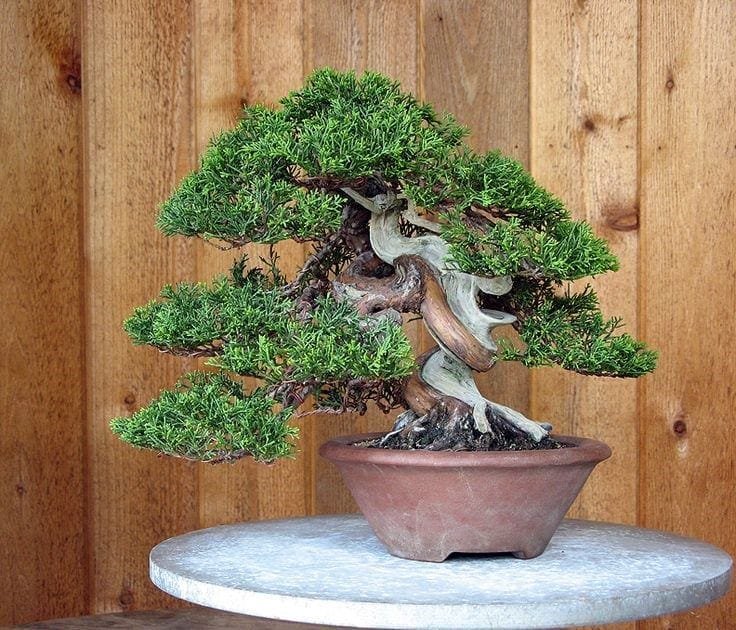
Soil Guide for Growing Juniper Bonsai | Bonsai Tree Gardener
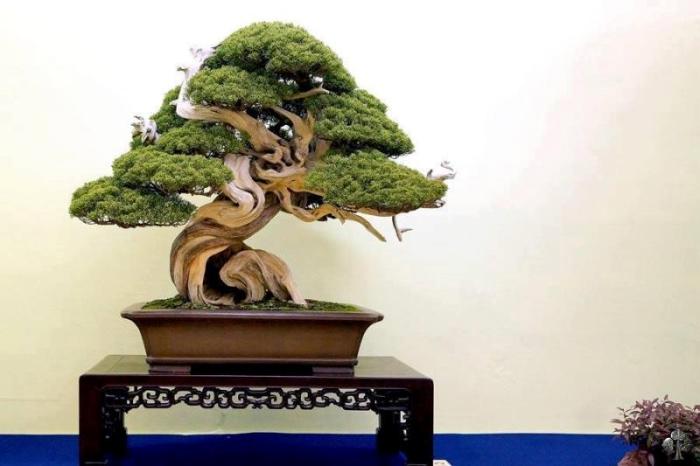
Top 10: Juniper Bonsai trees - Bonsai Empire

Amazon.com : 9GreenBox - Japanese Juniper Bonsai Tree with Fertilizer : Live Indoor Bonsai Plants : Grocery & Gourmet Food

Amazon.com : Eve's Garden Japanese Juniper Bonsai Tree, 10 Years Old Japanese Juniper, Planted in 10 Inch Ceramic Container, Outdoor Bonsai ! ! ! Cannot Ship to CA California ! ! ! : Grocery & Gourmet Food
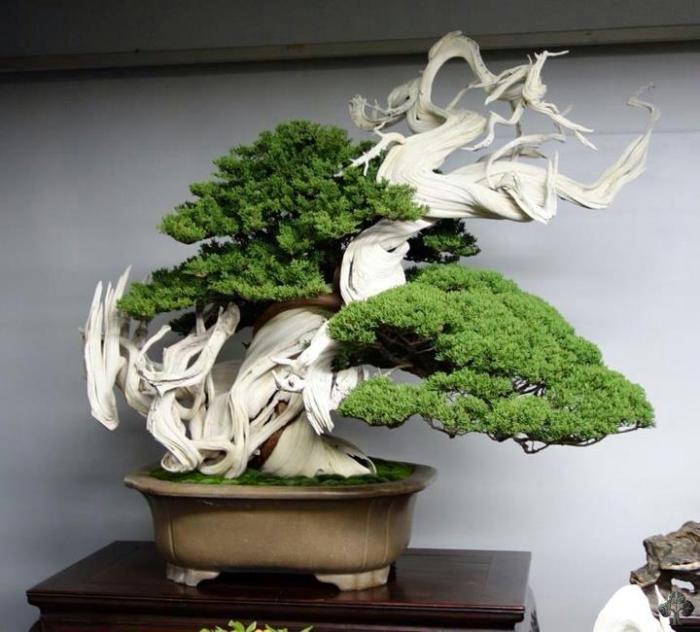
Top 10: Juniper Bonsai trees - Bonsai Empire
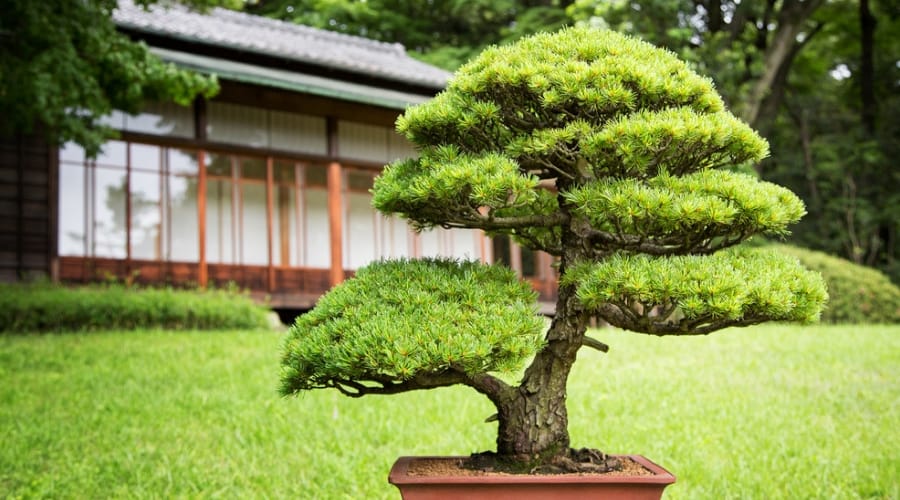
Juniper Bonsai Trees

Needle Juniper Bonsai Tree Care Guide (Juniperus squamata) | Bonsai Tree Gardener

Easternleaf.com - Rock Juniper Bonsai Tree - Only $35.
Juniperus/ Juniper Bonsai Species Guide

Juniper Bonsai Re-shape - YouTube

Amazon.com : 9GreenBox Bonsai Juniper Tree - Japanese Art Live House Plants for Indoor and Outdoor Garden - Dwarf Trees in Container Pot for Home and Office Decor - Best Gift for
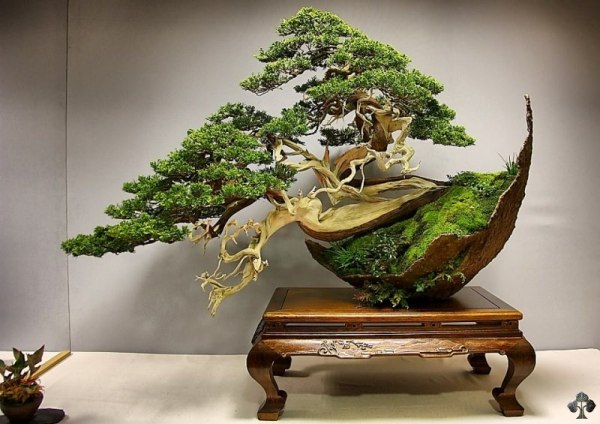
Top 10: Juniper Bonsai trees - Bonsai Empire

Juniper Bonsai Tree Care Guide (Juniperus chinensis) | Bonsai Tree Gardener

Juniper | Bonsai tree, Juniper bonsai, Indoor bonsai tree

5 Tips for better junipers - Bonsai Tree (Pty) Ltd.
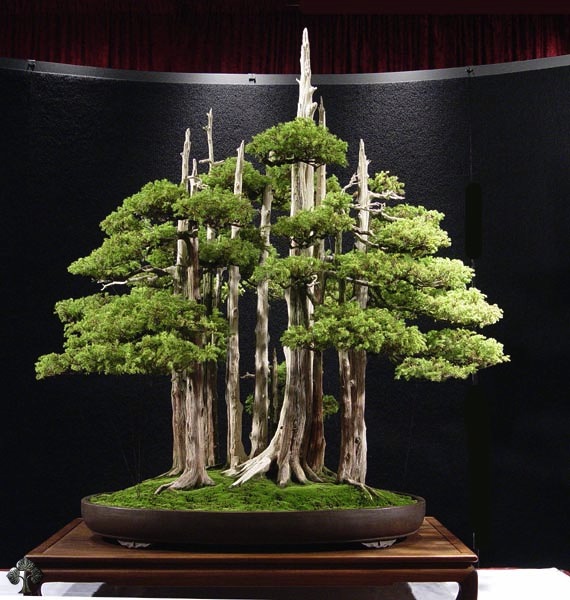
Care guide for the Juniper Bonsai tree (Juniperus) - Bonsai Empire

Amazon.com : 9Greenbox Best Gift Bonsai Juniper Tree, 4 Pound : Live Indoor Bonsai Plants : Grocery & Gourmet Food

Improving Commercial Bonsai - Part 1 Junipers - YouTube
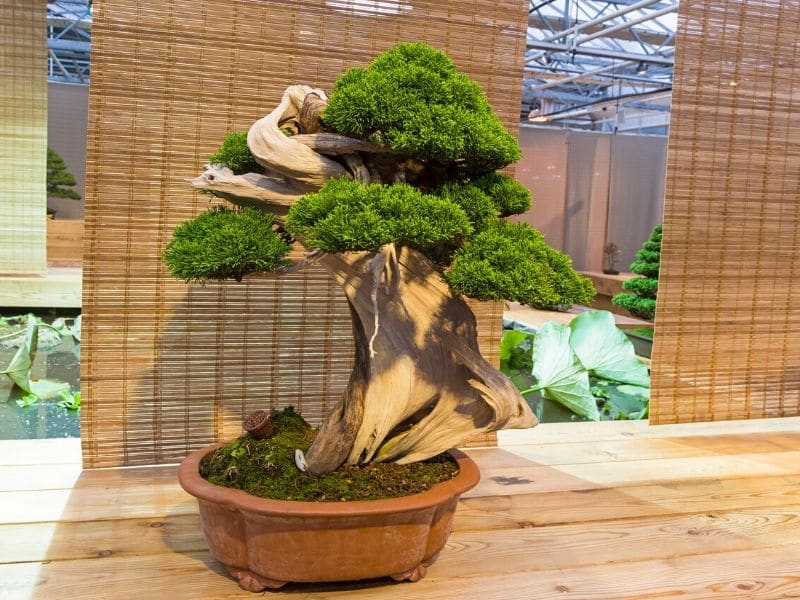
Juniper Bonsai Tree: Types, How To Grow and Care | Florgeous
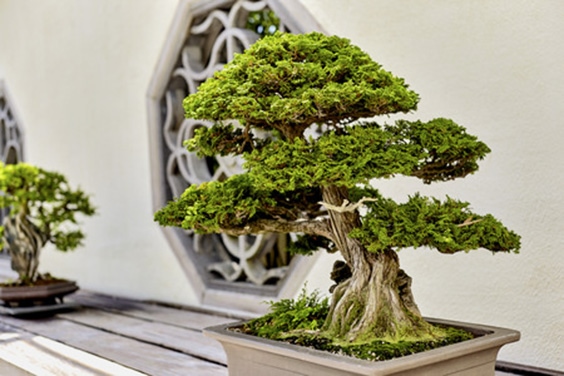
Juniper Bonsai Trees

How To Care For A Juniper Bonsai Tree | Grow A Bonsai Tree

Bonsai - Medium Rock Juniper Bonsai Tree from EasternLeaf.com The old age of the Bonsai tree strengthens the trees ability to withstand extremely hardy and can withstand cold weather, but provide protection
:max_bytes(150000):strip_icc()/Bonsai-Juniper-Tree_GettyImages-1191078639-c86fffdd513648b6b2ee0d658710bc7d.jpg)
9 Trees that Make Good Bonsai Specimens

Juniper Bonsai Guide eBook by Bonsai Empire | Rakuten Kobo

A Famous Juniper Bonsai Before & After – Stone Lantern

Hot Large Japanese Juniper Bonsai Tree Great Gift for sale online | eBay
Your First Juniper Bonsai Tree - Basic Bonsai

Care guide for the Juniper Bonsai tree (Juniperus) - Bonsai Empire

Care Instructions Juniper Bonsai | Jackson & Perkins
Juniper Bonsai | kuromatsubonsai.com
Top 10: Most popular "Bonsai of the Day" | Bonsai tree, Bonsai art, Bonsai styles
9GreenBox - Juniper Tree Bonsai Best Gift - 9GreenBox
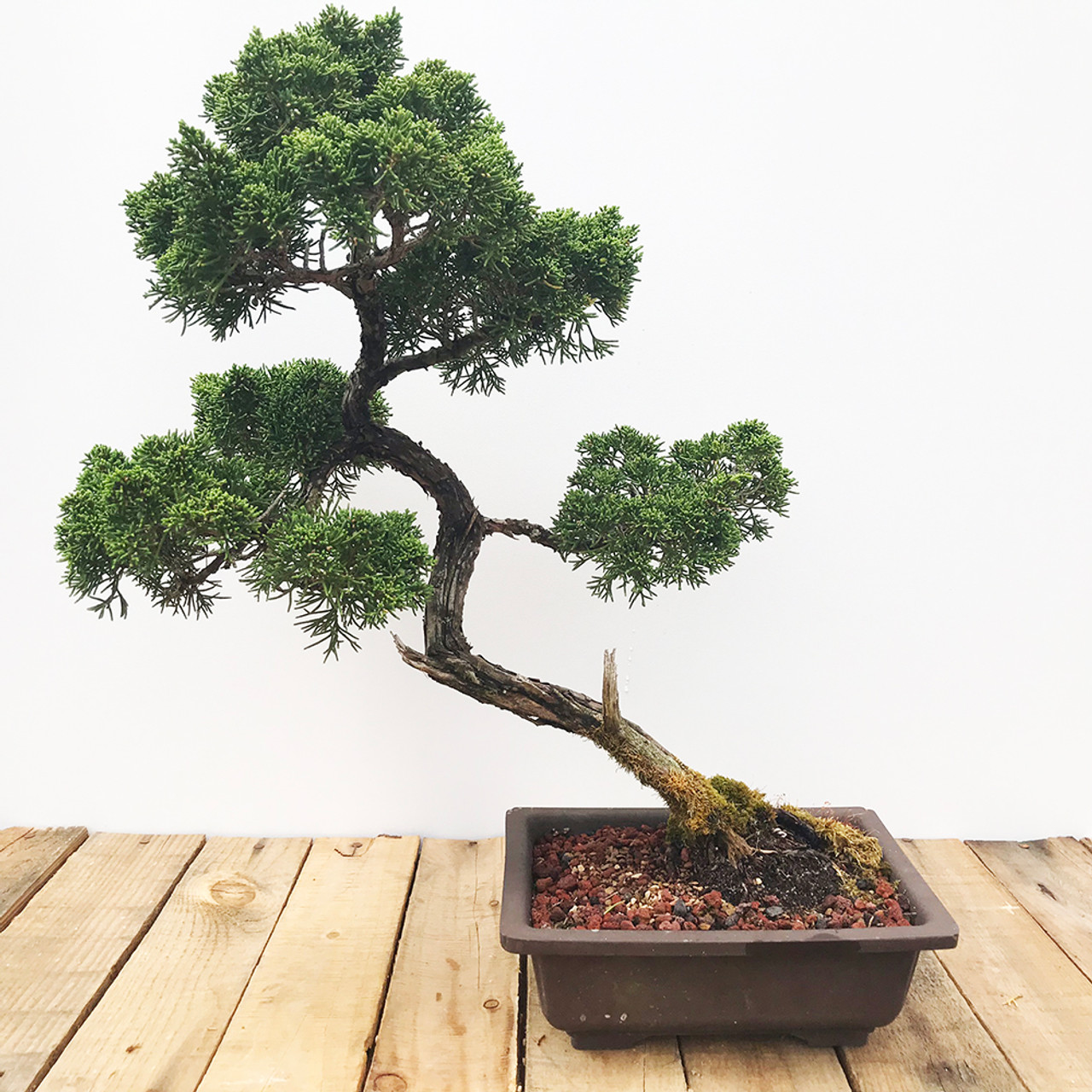
25 Year Old Shimpaku Juniper | Bonsai Outlet
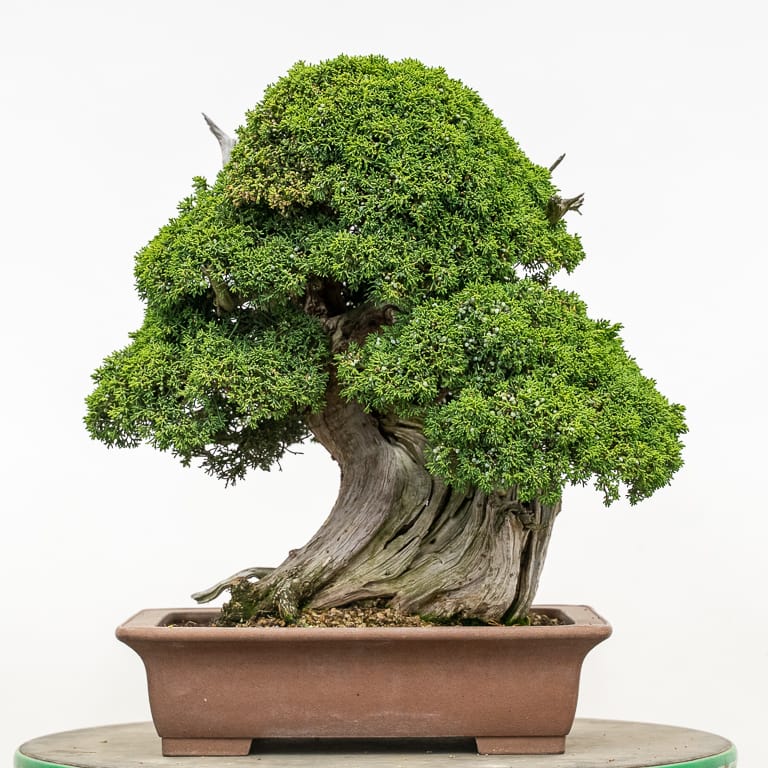
A good reason to not skip annual maintenance on juniper bonsai - Bonsai Tonight

What is the best beginner bonsai tree?

9GreenBox - Japanese Juniper Bonsai Tree with Fertilizer : Live Indoor Bonsai Plants : Grocery & Gourmet Food - Amazon.com
Juniperus/ Juniper Bonsai Species Guide

Juniper Karate Kid Bonsai Tree - Medium BR I (juniper Procumbens Nana) /i for sale online | eBay
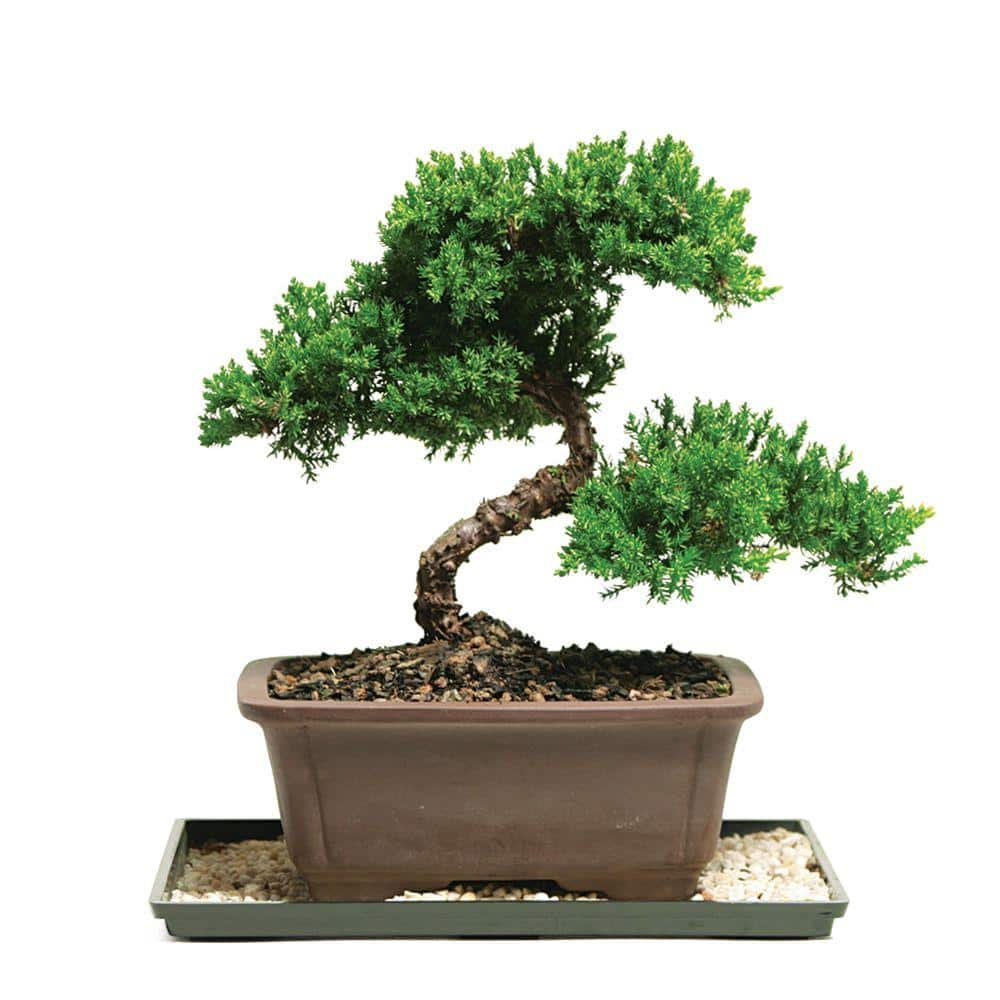
Brussel's Bonsai Green Mound Juniper Bonsai (Outdoor)-DT-7079GMJ - The Home Depot
Post a Comment for "best juniper for bonsai"